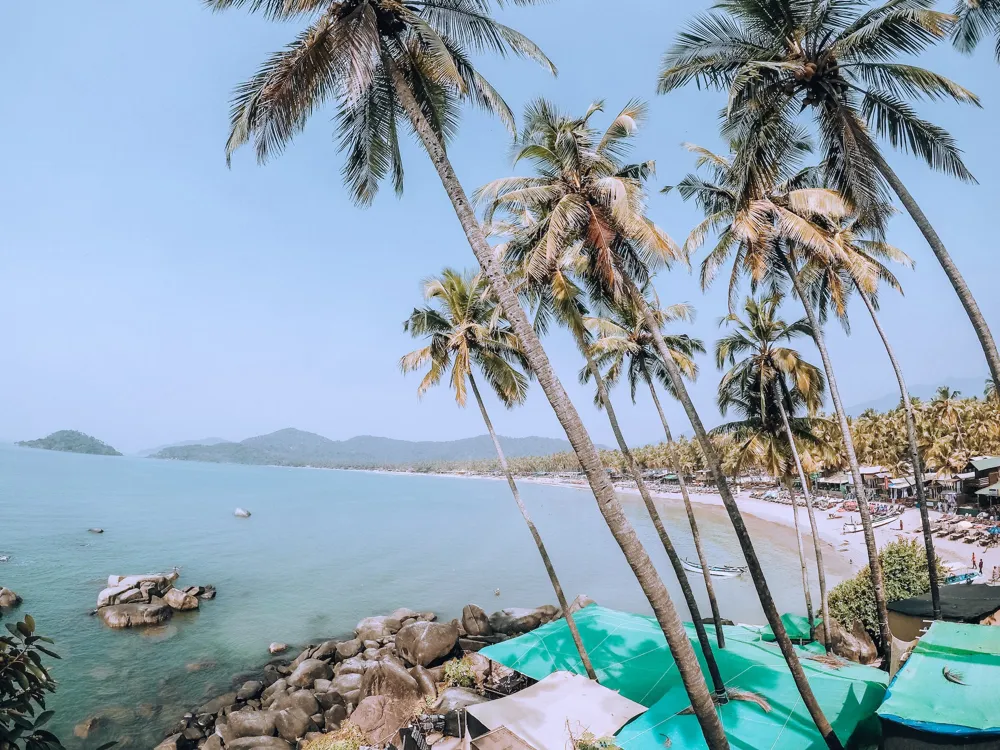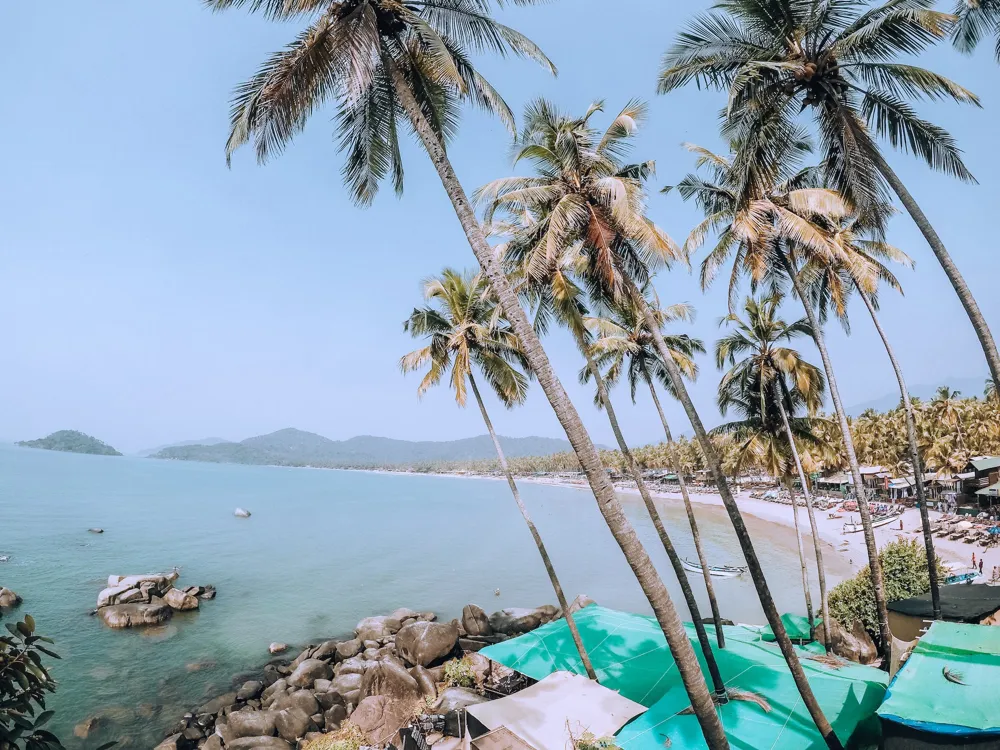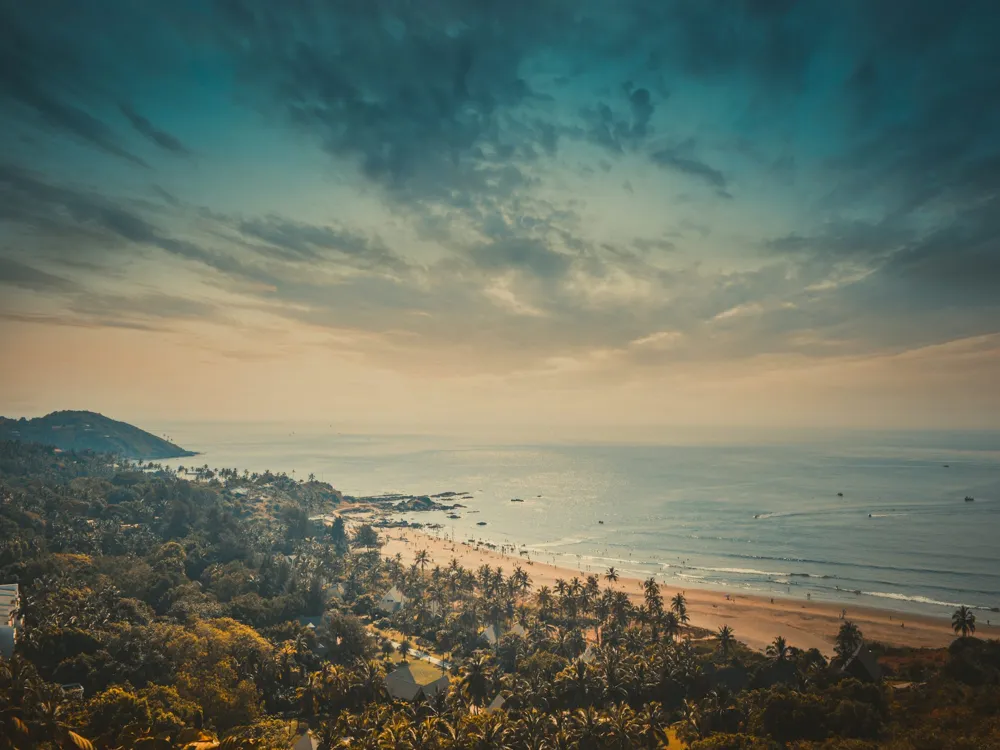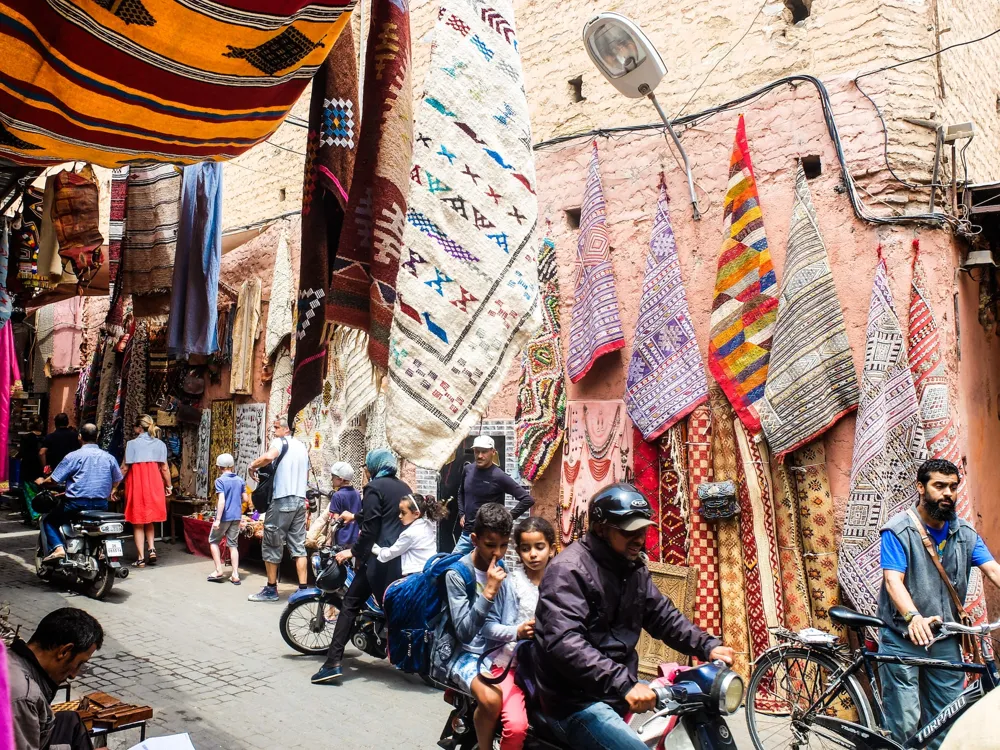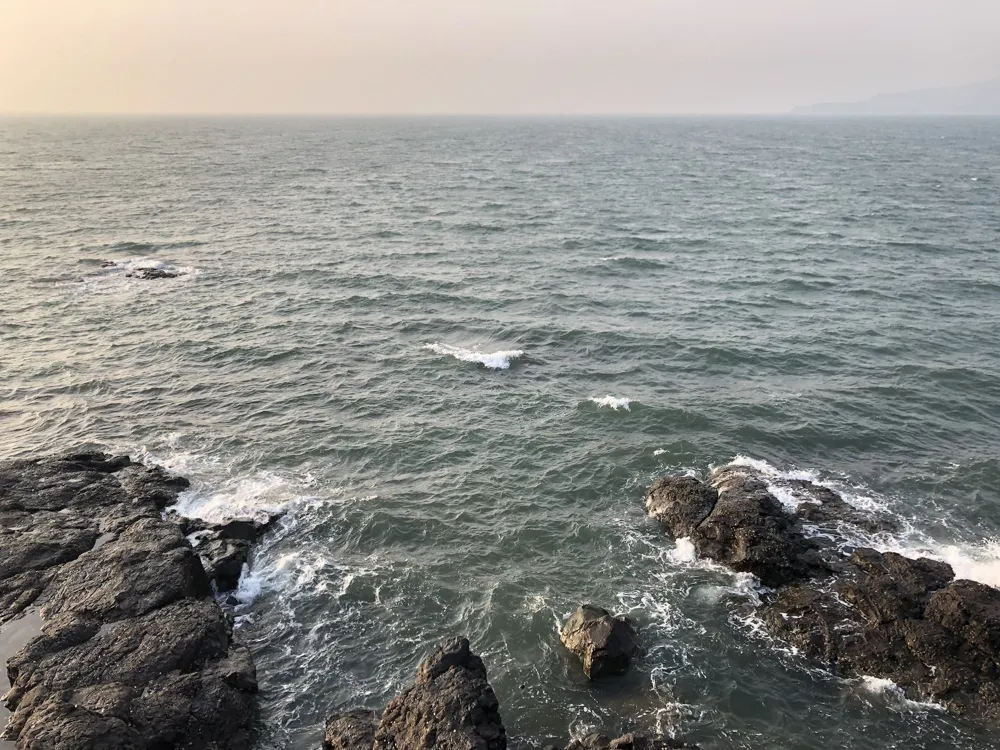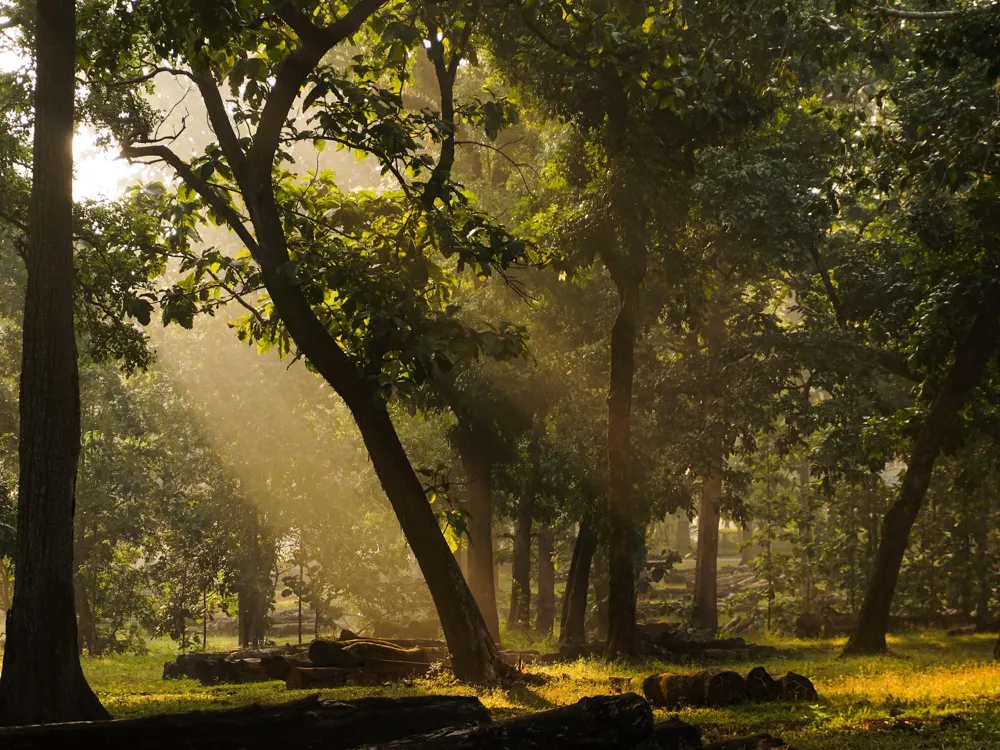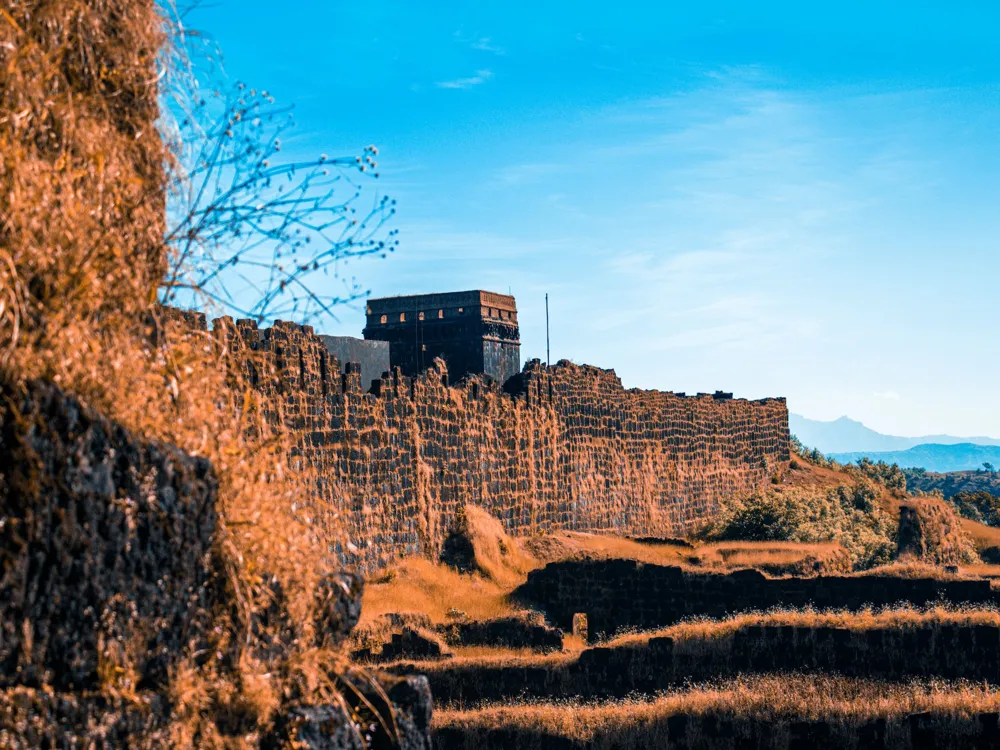Igitun Chalne, an enthralling festival in Goa, is a vibrant embodiment of the state's rich cultural tapestry. Celebrated in the quaint village of Sirigao, this festival is a spectacular display of faith, tradition, and unyielding spirit. Rooted in ancient customs, Igitun Chalne, literally translating to 'fire walking', is a unique testament to the cultural synthesis in Goa. The festival is primarily celebrated by the Bhandari community and occurs in the Hindu month of Vaishakha, typically falling in April or May. Participants walk barefoot over burning coals, a practice believed to be a tribute to Goddess Lairaya, an incarnation of Goddess Parvati. This ritual, a blend of austerity and devotion, attracts thousands of devotees and tourists alike, making it a significant event in Goa's cultural calendar. The origins of Igitun Chalne are steeped in mythology and local lore, tracing back to the belief in Goddess Lairaya's power. The festival not only showcases the deep spiritual beliefs of the Goan people but also reflects the syncretism that characterizes Goan culture. It embodies a unique intermingling of Hindu traditions with the region's history, marked by centuries of Portuguese influence. The fire-walking ritual is believed to symbolize purification and is a testament to the devotee's faith and resilience. The architecture of the temples and structures associated with Igitun Chalne is a vivid reflection of Goa's diverse cultural influences. The primary temple, dedicated to Goddess Lairaya, showcases an amalgamation of Goan, Portuguese, and Indian architectural styles. The temple's structure, with its intricate carvings, vibrant murals, and traditional Hindu motifs, stands as a testament to the artistic and spiritual heritage of Goa. The blend of terracotta roofs, whitewashed walls, and ornate pillars reflect a confluence of East and West architectural styles, unique to the region. The temple complex is designed to accommodate the large influx of devotees during the festival. The central courtyard, where the fire-walking ritual takes place, is an expansive area surrounded by galleries for spectators. The design ensures a harmonious blend of functionality and aesthetics, providing a spiritual ambiance for the ritual while ensuring safety and visibility for all attendees. The intricate layout of the temple premises, with its multiple entrances, shrines, and ancillary structures, reflects the complex religious and social dynamics of Goan society. Respect local customs and traditions. Dress modestly and be mindful of the religious sentiments of the devotees. It's advisable to familiarize yourself with the basic tenets of the festival to appreciate its significance fully. Given the nature of the fire-walking ritual, it's essential to maintain a safe distance from the ritual area. Stay hydrated and prepared for Goa's tropical climate, especially if you're not accustomed to it. While photography is generally allowed, it's crucial to be respectful and non-intrusive. Seek permission before taking photos of the devotees or the ritual. Plan your accommodation in advance as the festival attracts many visitors. Explore local transportation options to reach Sirigao smoothly. To reach the Igitun Chalne festival in Sirigao, Goa, one can opt for various modes of transportation. The nearest airport is the Goa International Airport, from where you can hire a taxi or take local transport to Sirigao. If you're traveling by train, the nearest railway stations are Thivim and Karmali, both well-connected to major cities in India. Buses and taxis are readily available from these stations. For those driving, Sirigao is accessible via well-maintained roads, and the journey offers scenic views of Goa's picturesque landscape. Read More: Overview of Igitun Chalne in Goa
Architecture of Igitun Chalne
Tips When Visiting Igitun Chalne
Understanding Local Customs
Health and Safety
Photography Etiquette
Accommodation and Local Travel
How To Reach Igitun Chalne
Igitun Chalne
Goa
NaN onwards
View goa Packages
Weather :
Tags : Fairs & Festivals
Planning a Trip? Ask Your Question
Goa Travel Packages
View All Packages For Goa
Top Hotel Collections for Goa

Private Pool

Luxury Hotels

5-Star Hotels

Pet Friendly
Top Hotels Near Goa
Other Top Ranking Places In Goa
View All Places To Visit In goa
View goa Packages
Weather :
Tags : Fairs & Festivals
Planning a Trip? Ask Your Question
Goa Travel Packages
View All Packages For Goa
Top Hotel Collections for Goa

Private Pool

Luxury Hotels

5-Star Hotels

Pet Friendly









